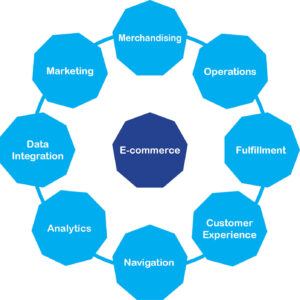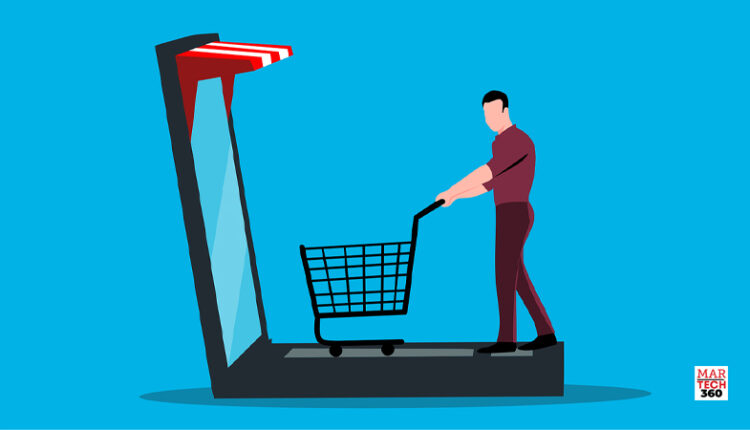Time constraints and efficiency have driven us to several e-commerce giants in the last decade. Amazon has become a household name and has captured more than 50% of the US e-commerce sales in recent years.
The corporation has established a very smooth purchasing process, which is what makes Amazon such a formidable competitor in the market. Two-day shipping, sophisticated inventory control, product search and matching, data analytics, and personalization are all aspects that other businesses are trying to emulate.
The Pandemic Effect
The retail and e-commerce sectors have seen tectonic changes in terms of commerce and business since the Coronavirus outbreak. The retail landscape continues to be disrupted and transformed by technology.
Some conventional retailers in the fashion, stationery, and consumer electronics industries that began as brick and mortar (B&M) stores have modified their business strategies to keep up with shifting shopping preferences. However, other industries with lesser e-commerce penetration include retail pharmacy, sporting goods and outdoors, and hardware and home improvement.
Also Read: Why Has BFSI’s Dependence On Cybersecurity Increased In The Digital Era?
Digital Disruption
Due to the expansion of e-commerce, it is now possible to start a business even with a limited amount of cash. With consumers increasingly relying on online purchasing, e-commerce is providing innumerable entrepreneurs with opportunities.
- Nasdaq estimates that 95% shopping will be conducted online by 2040.
According to researchers, most merchants associate internet penetration with improved technology and services that allow customers to enjoy the same in-store experience online. While omni-channeling is critical for attracting customers and long-term growth, the initial focus should be on eight fundamental competencies.

For a long time, retailers have been using digital technologies as well. Retailers are now embracing new digital technology essentially as soon as it is available, from digital inventory management software to enterprise resource planning (ERP) systems and customer relationship management (CRM).
Personalized Experience
A personalized shopping experience is preferred by customers. This entails merchants making genuine recommendations to customers based on their preferences, location, history, and requirements. This involves the use of chatbots, text messages, and emails to provide delivery information and other relevant services, as well as the streamlining and ease of retailing.
Recommendations based on search history and periodic update on new products all create an efficient and yet hassle-free shopping experience for customers, accessible easily from their device screens.
Data Driven Experience
Whether it’s as simple as cameras and surveys or as complicated as Internet of Things-style sensor technology, data improves the consumer experience. Retailers may use data to gain insights into every part of their business, including service levels and client preferences. Big Data is being used by online retailers to optimize their client journeys by focusing on the consumer experience.
Flexibility in Payment
Consumers are seeking more flexible payment options, as indicated by the increase of digital payment. The big push is UPI-enabled payments combined with mobile apps, debit and credit cards, and digital wallets. Retailers can use such technologies to improve their offerings.
Retailers who rely on in-store channels for the majority of their sales must quickly address their e-commerce strategy or risk falling behind in today’s fast-paced retail evolution.


Comments are closed.